Like A Dragon Gaiden: The Man Who Erased His Name Review | Legends Never Die
The Dragon of 00jima
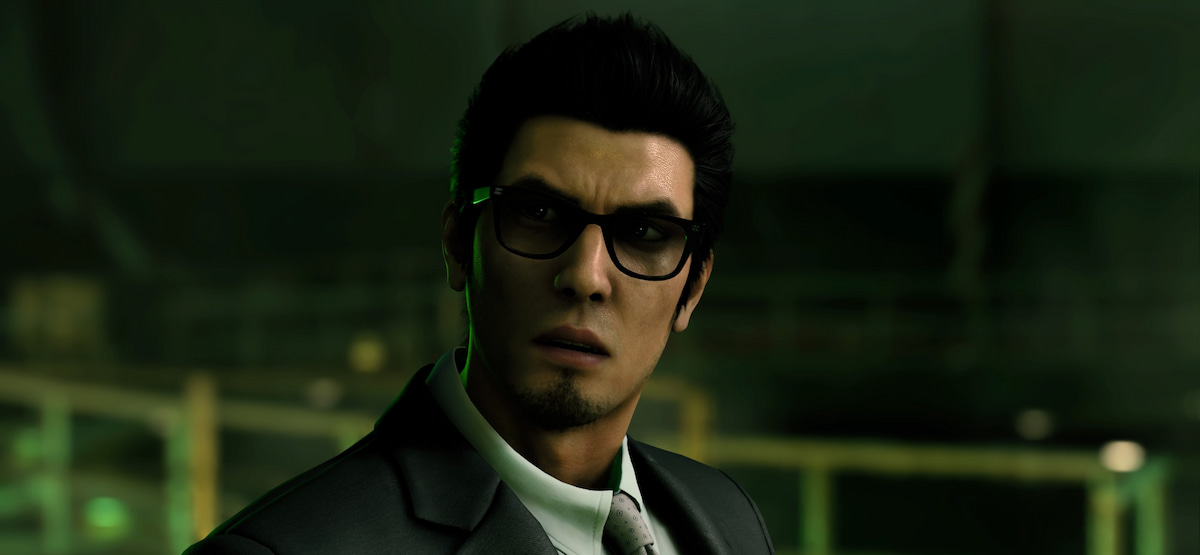
Like a Dragon Gaiden: The Man Who Erased His Name puts us back in the shoes of Kazuma Kiryu for another drama-filled romp through the streets of Sotenbori. As much as Gaiden tells the story of Kiryu between the events of Yakuza 6 and Yakuza: Like A Dragon, it also serves as a reminder of the importance of legacy and what trying to hide from that looks like.
Simply put, Gaiden’s story could not exist without the previous eight mainline games that came before it and the reputation that Kiryu has built over those installments. So rarely do we see a franchise get to make this many games in a singular world, and Gaiden cashes in those world-building chips.
Gaiden begins with Kiryu making a deal with the Daidoji agents to fake his death after the events of Yakuza 6 to protect the place he holds most dear, the Morning Glory orphanage he has owned and run since the events of Yakuza 3. It’s the only way to keep the children safe from those who want to hurt Kiryu and understand the orphanage as the most crucial piece of leverage they have against him.
Some Things You Just Can’t Refuse
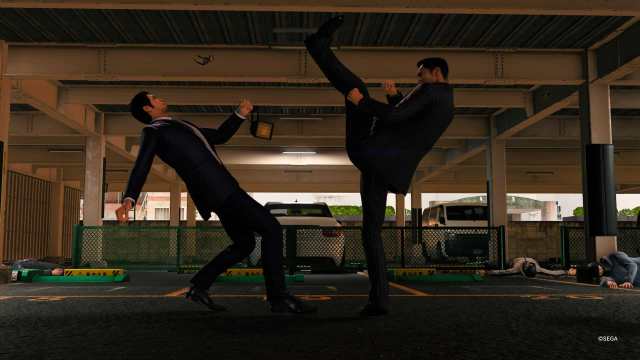
Shortly after this scene, Kiryu adopts a new secret agent name of Joryu, and is given some new gadgets like the spider grappling hook, a pair of powerful jet boots, and even an exploding cigarette. These culminate in the new agent style in combat and offer a new suite of tools for Kiryu to play around with.
While bopping around Sotenbori, we are treated to plenty of nods and homages to Kiryu’s past. The Dragon of Dojima has been through a lot in the last few decades, and Gaiden doesn’t hide from that; it embraces it.
Kiryu isn’t one to run from problems, often cutting through them with his fists repeatedly, but something he can’t quite beat down is the lasting legacy he has had on the Yakuza and the ideals he stands by because of it. The Dragon of Dojima is too valuable to the powers above that hiding from his past still comes back to haunt him. Too many powerful people want to wield Kiryu like a weapon and will do anything to make that happen.
Gaiden’s story centers around the idea of Kiryu wrestling control of his life back, what he ultimately wants out of his remaining years, and what the best possible outcome is to keep his loved ones safe. In most situations, Kiryu stands firm and maintains control of the situation, but this time, things are different.
I Can Hear You Telling Me To Turn Around

The story of Gaiden is shorter than most Yakuza games and, at times, feels a bit too isolated for its own good. Since this game is designed to explain how Kiryu got from the end of Yakuza 6 to his involvement with the new main protagonist of the series, Ichiban Kasuga, in Like a Dragon, Kiryu’s impact on the overall story is mostly from the shadows and only do we rarely see him interact with the lovable cast of characters we’ve grown to love over the years.
While much of Gaiden’s story feels like it was written around an already existing game not to have Kiryu be too intrusive, it has some really stellar moments. Moments I won’t spoil for you. Moments that had me blubbering like a baby in front of my TV. Like a Dragon Gaiden evokes the same emotion you’ve come to expect from the series and has plenty of returning and new faces to love.
While Like a Dragon: Infinite Wealth feels like it is building to be a massive sendoff for Kiryu, Like a Dragon Gaiden does a lot to set that stage and give us insight into where Kiryu’s head is at during the events of Yakuza: Like a Dragon and what he holds most dear in this world.
The game occurs between two main hubs, Sotenbori, which many fans will recognize from their adventures with Gori Majima in Yakuza 0, and a completely new location known as The Castle. This is a giant freight ship that has been the recent hotspot for the wealthiest and dirtiest people imaginable. A world where money rules and is meant to be gambled away or bet on fighters in the coliseum.
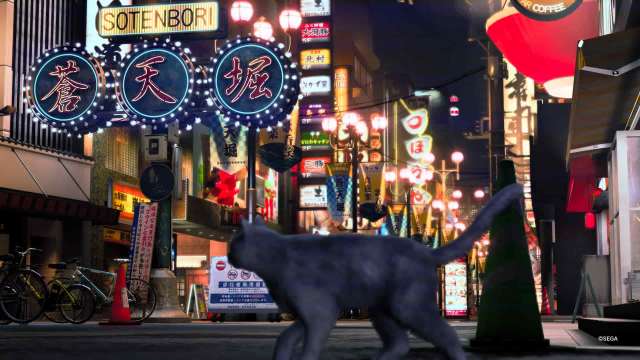
Sotenbori still feels like the first time I stepped foot in it. The two bridges that cross the Sotenbori River while hoping to see that riverboat roll through, Club Sunshine, and everything in between fills me with a sense of warmth, like seeing an old friend after years apart.
The Castle, grand in its splendor, epitomizes gluttony, wealth, and what too much money can do to a person. People are only valued by how much they can spend, and while Kiryu is only there to fight, The Castle becomes a central point of the conflict in Gaiden.
You’ll bounce between the two spots with the help of a new character, Akame, who runs a network of spies through the homeless people of Sotenbori. She is also the main substory giver, and raising her network level is how most of the side quest progression operates in Gaiden, a vast difference from bumping into people in the streets and getting embroiled in the weird happenings in the city.
While I like this system for Gaiden, I couldn’t help but miss the random occurrences that would distract me from the main quest constantly in previous entries, making the city I’m exploring feel like a real place rather than a set of objective markers. The Yakuza series crafts its cities so well, and a massive part of that is its substory content, which can often be found around any corner or alleyway in the game. It takes the city from feeling like a crafted world and makes it feel like a home worth returning to time and time again.

While Gaiden trades in the randomness for something a bit more efficient, I think it loses some of its luster by the end. The Akame Network level can be raised by doing substories and other activities, but after a certain level, you lose any sort of tangible reward, and it feels like just completing options off of a checklist.
That being said, Akame is one of the best new additions to the roster. Leveling her social link, learning about her dreams, how she started the network, and everything in between is a real treat in Gaiden. It’s an easy reminder of how well RGG writes its characters.
Gaiden’s combat system features Kiryu’s new Agent style, which uses the Daidoji gadgets given to him by a legendary weaponsmith. This is easily one of the best additions to Kiryu’s toolset, making combat feel fun, over-the-top, and giving players a whole new powertrip.
Fighting For My Trust and You Won’t Back Down
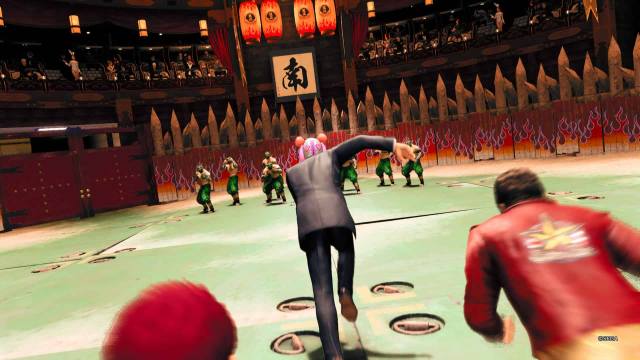
Grabbing enemies with the spider gadget and launching them around the field never got old, even after the 25 hours I put into the game. Learning to combine these gadgets together felt rewarding. Dropping an exploding cigarette on the ground and then using the spider gadget to launch enemies into the explosion was a real highlight. It’s a style that rewards experimentation, and there’s plenty to work with.
Your classic Yakuza style hasn’t seen many new additions, but it’s the Kazuma Kiryu bread and butter. It felt good to have one-on-one showdowns using The Dragon of Dojima’s famous style. Thematically, it fits and will get you out of a bind when you need it.
The new Ultimate Counter system allows Kiryu to block and counter special moves from enemies; this is a great inclusion, as many of Yakuza’s previous boss battles included unblockable moves that were a pain to deal with. This gives Kiryu a new mechanic to deal with those while also dealing some damage in return.
Of course, Yakuza games are also all about the reprieve from the main story, the side quests, minigames, and other distractions found around the city. Gaiden is full of these, ranging from the newly built-out Coliseum mode with special matches and even Hell Team Rumble, a new management-style brawl that has you recruiting new characters and leveling them up to fight alongside you. After finishing Hell Team Rumble, I could tell there is where RGG’s management-style game developers were at work.
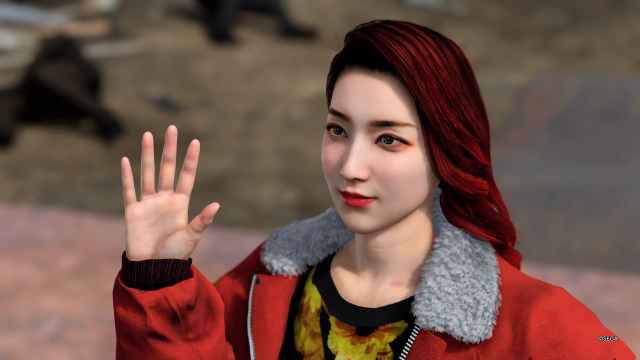
It’s not quite as in-depth as some of the other things we’ve seen from the team in the past, but it’s enough for you to sink your teeth in and be heavily rewarded for.
Other games like Pocket Circuit, UFO Catcher, The Cabaret, and more are still present in Sotenbori and The Castle if you know where to look. You can even dress Kiryu up in this game, which fits the vibe of him being undercover. I dressed Kiryu up in a plethora of different outfits throughout the game, and some I regretted when important cutscenes played out, but other times, it felt good to have Kiryu dress down a bit for the occasion.
I Know You’re Scared of The Unknown
Like a Dragon Gaiden gave me a reason to see characters I hold dearly again, allowing me a glimpse through the lens of Kiryu, which is vastly different than the one Ichiban looks through. Albeit a much more caged and older Kiryu, one with years of experience, insight, and most importantly, hindsight.
While I don’t think Like a Dragon Gaiden will be for everyone, I think it’s a mandatory entry for fans of Kazuma Kiryu and a game that should be played after the eight games before it. There is just too much going on with different factions, characters, and intricacies to be picked up on if you haven’t experienced everything that came before it.
Gaiden is the penultimate chapter before The Dragon of Dojima is fully unleashed in Like A Dragon: Infinite Wealth. It’s a story I can’t wait to see more of.

Like a Dragon Gaiden: The Man Who Erased His Name
Like a Dragon Gaiden uses brevity to tell an important in-between chapter in Kazama Kiryu's life. Gaiden is the penultimate chapter before The Dragon of Dojima is fully unleashed in Like A Dragon: Infinite Wealth.
Pros
- Excellent side characters
- Sotenbori is well worth revisiting
- The new Agent Style is a power-trip for Kiryu
Cons
- Story often feels too isolated from the larger worldbuilding of the franchise
- Some low points in the moment-to-moment story beats.
A copy of this game was provided by the publisher for review. Reviewed on PS5.
